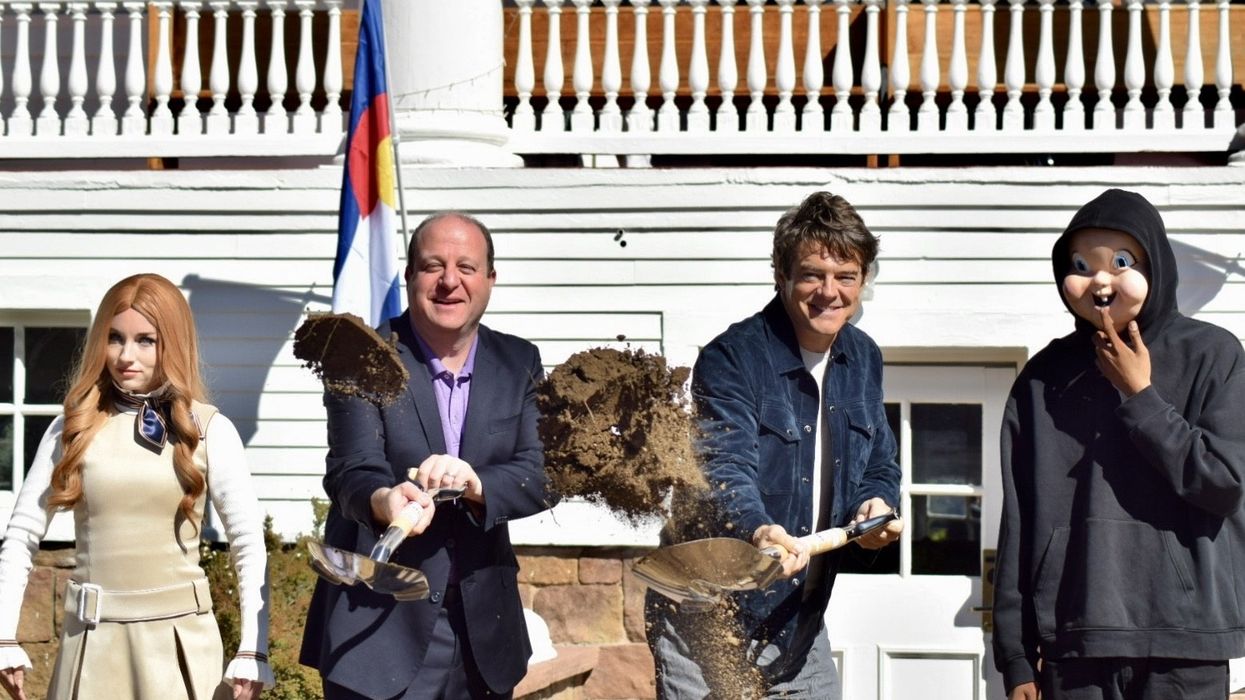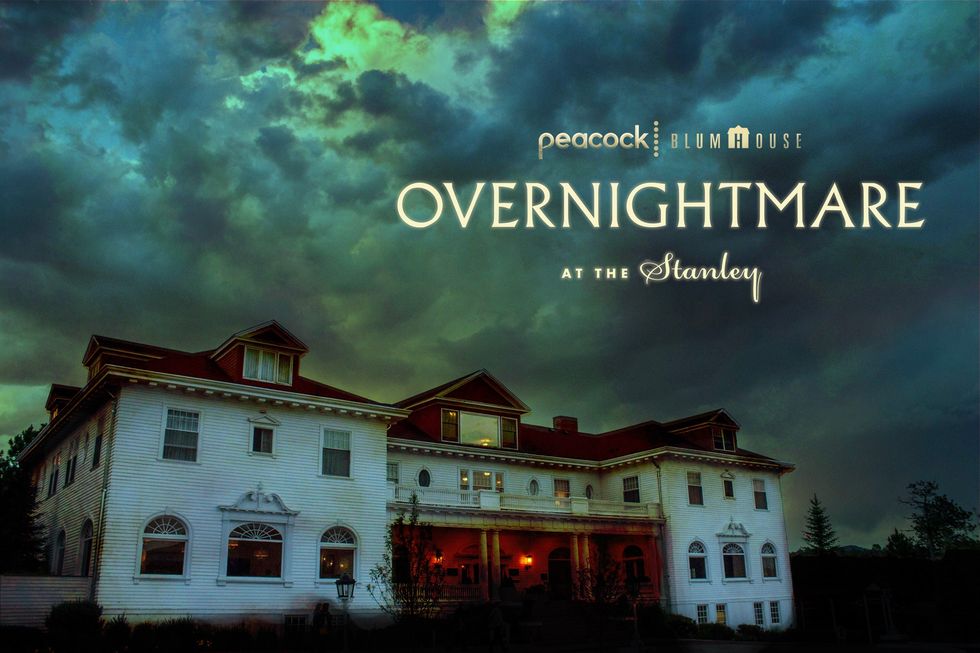In early December, blooloop hosted the Festival of Innovation, a virtual event looking at the latest trends from across the attractions industry. Over the course of three days, attendees heard from industry insiders and trendsetters. They could also watch the winners of this year's Innovation Awards being announced.
The agenda included a themed environment session with insights from Julie Molloy, managing director at National Gallery Global. Molloy presented a glimpse of the work currently being done to upgrade the guest experience at the London institution. She also spoke about some of the design considerations behind the project.
The session was sponsored by Lumsden Design, and also included insights from Sarah Roots, EVP of Warner Bros. Studio Tours & Retail at Warner Bros. Studio Operations, who gave an update on the latest news from Warner Bros., thoughts about innovation and also teased some exciting new plans. James Dwyer, Design Director at Lumsden Design also spoke about the trends in cultural commerce. Watch the full session here:
The National Gallery
The National Gallery is one of the greatest art galleries in the world. It houses the UK's collection of paintings in the Western European tradition from around the 13th century to the early 20th century. Prior to COVID, it saw about six million physical visits per year.
It will undergo a major makeover ahead of its bicentenary celebrations in 2024. The work will see The Sainsbury Wing, a Grade I-listed building, being transformed into the museum's new permanent entrance. Plus, the museum will add a new members’ house and research centre, and the public spaces outside will become more welcoming and accessible. There will also be a new public square in front of the Sainsbury Wing.
In addition, there will be new F&B and retail spaces.
Why makeover The National Gallery?
Molloy started by talking about some of the reasons why The National Galley decided to embark on this project:
"The building and the collection are world-class, but even before COVID, we felt that the onsite guest experience and the experience of both visiting the collection but also our public amenities and our trading activities were at best quite patchy.
"It's a massive estate and, although we have one significant entity running the trading organisation, quite a lot of moneymaking activities were carried out by different operators prior to COVID, and all of them were competing for attention. From a public perception, this made little sense during their visit. Our feeling was that something had to be done about moving that into a one-team approach and thinking much more about a longer-term guest experience."
While the pandemic had a huge impact on income generation for the museum, it also presented an opportunity to build back in a new way, explained Molloy.
A seamless guest experience
The key aim of this project is to deliver a seamless guest experience. This will increase guest engagement and satisfaction, and will also boost income as well.
"It's also really tied into our purpose," said Molloy. "It's quite easy, as an organisation, to lose sense of your purpose and for commerce to overtake. But in truth, our purpose is a simple one: to engage our guests with great art. Everything that we do from now on needs to be rooted in that purpose. Whether it's buying something in the shop, buying an exhibition ticket, or being a member."
"We also want that to be delivered in a way that feels as though it was seamless between the gallery experience and the commercial interface."
The visitor journey at The National Gallery
The National Gallery's makeover is a long-term project. The team has been approaching it systematically in order to deliver a unified guest experience:
"We started to plot from scratch what we were aiming for in terms of the guest journey," said Molloy. "When we think about it in terms of a walk through the gallery, we actually start beyond the gallery. We can start to make connections before people have physically stepped on site."
At this stage, the museum will encourage guests to preplan things like the purchase of audio guides, giving them the opportunity to click and collect a guidebook or to book bespoke tours. Guests could also do things like book a high tea or reserve a table for an evening meal.
"When they book an online ticket with us, they might also want to book an exhibition ticket. Or they might be wanting to be a member. This is an opportunity to upsell to them even before they set foot at the doors. It also builds your database. The data is very valuable. It helps us to better understand our guests' needs and behaviours, so we can think about future products and services for them."
A redesigned guest welcome
The main visitor welcome, once guests arrive on site, will be the new Sainsbury Wing entrance of The National Gallery.
"We want to offer a hosted welcome rather than what I think currently pervades, which is a very secure welcome. Security is important, of course. But if you think about the move to hospitality and guest experiences in other sectors, then the welcome needs to be the thing that encourages people in and makes them feel settled when they embark on their journey with us.
"We have a real opportunity, through a building intervention, to be able to do something better with our own physical welcome. We're working with Selldorf Architects to reimagine the public parts of The National Gallery's Sainsbury Wing. One of the things that Annabel [Selldorf] has tried to do through her design intent is to make the outside of the building less austere, to tell visitors where they're going, and to create more light and warmth. "
The exit experience
The team is also looking at the exit experience, added Molloy:
"We expect people to enter through one part of the building and exit on the southeast corner. But, at the moment, one of the things we don't really do at that point is to thank them and encourage them to come back. We need to think about ways to encourage a second visit and how we might encourage them to make a meaningful donation or add opportunities for them to share their moment on social media."
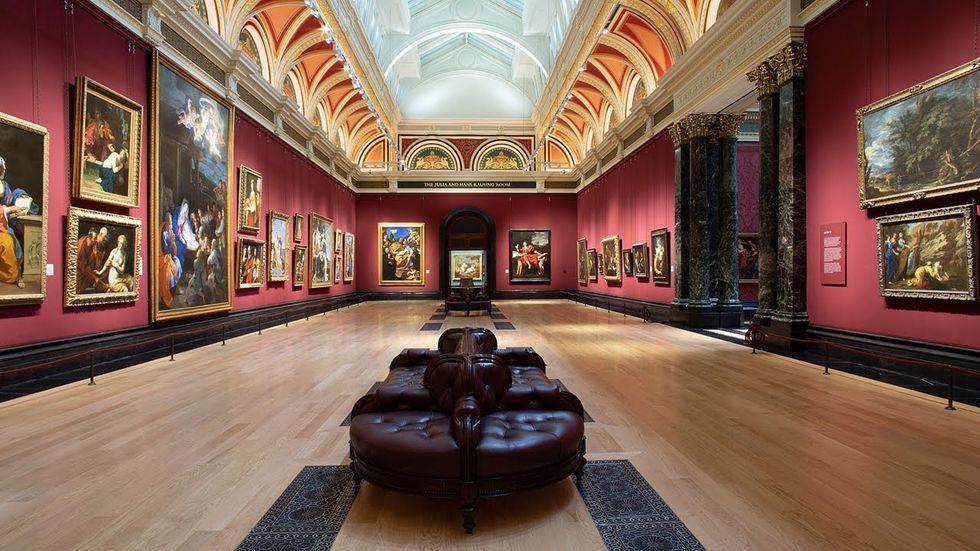
"One of the challenges that a lot of organisations are dealing with now, as we build back international tourism, is we are dealing with a more domestic audience. Those are the people we want to come back, to be loyal visitors. So, we've got to get that welcome at the end of their experience right."
New retail experiences at The National Gallery
When it comes to retail at The National Gallery, this new approach will look to plot out what Molloy calls "sensibly delightful and surprising commercial experiences." It is important to make sure that these are located in the right places across the building and not, as they previously were before COVID, all gathered in one place.
For this, The National Gallery has partnered with Lumsden, a design firm specialising in retail and F&B for visitor attractions.
"We have an opportunity to reinvent our stores. So, we are thinking about retail not just as a necessary visitor attraction experience, but as something that can help support our purpose and engage our visitors. We want to make it a powerful, bespoke experience."
The first step in this journey is the redevelopment of the gallery's main store in the historic Wilkins building. The aim is to connect guests with the art in the building, as well as to recognise the quality of the historic building itself and pick up references from it.
"The other thing that we're doing with Lumsden is thinking about innovation in terms of our product range. I think we were starting to look a bit like everybody else. I hope that in six months we will look very different to anyone else and very different for our regular visitors."
Creating a members' house
Another feature of the renovation plans is a new members' house.
"That's a really important new innovation because we have a membership scheme which we launched seven or eight years ago. We launched without a member's house because we hadn't been able to identify the space.
"This is going to be the best members' house there is in the UK, I believe. And not least because we're going to give it the design direction it deserves, but also because it's nestled in some of the original parts of the Wilkins building. This is where the gallery first moved to in 1856."
This will allow the gallery to meet its members' expectations by creating a club space, in an environment which is solidly rooted in its history.
Food, beverage and a Book Bar
The National Gallery will also rethink the way that it approaches food and beverage on site, said Molloy.
"We will create a mezzanine space, cutting through the floor space between the ground floor and the first floor.
"We're going to be putting something quite new in there. For the time being, we are calling it the Book Bar. There is an opportunity to provide high-quality food experiences or beverage experiences and to be able to sell great books about the art and the artists in our collection alongside it. We want to make our visitors feel as though they can come and do something different in the gallery."
Engaging outside the walls of The National Gallery
One other aspect of the plan is its aim to bring some of The National Gallery's activities outside. For example, it launched a festival in Trafalgar Square in August 2022. It hopes to bring this back again in 2023.
"Summer on the Square is a festival designed to engage families with a programme of special events. We do intend to do many more of these events and we hope for longer during the summer holidays, if we get permission from Westminster Council. We managed, in this short period, to work with 10,000 guests."
For The National Gallery, this is a way of getting to people who may not know the museum and encouraging different audiences to visit.
"That's as far as we are in our journey, but there is lots more to come," said Molloy. "And I am confident that we will evolve over the next two to three years into what our guest experience should be."
See the entrants and winners of the blooloop Innovation Awards
hereTop image: National Gallery / Selldorf Architects
Charlotte Coates is blooloop's editor. She is from Brighton, UK and previously worked as a librarian. She has a strong interest in arts, culture and information and graduated from the University of Sussex with a degree in English Literature. Charlotte can usually be found either with her head in a book or planning her next travel adventure.
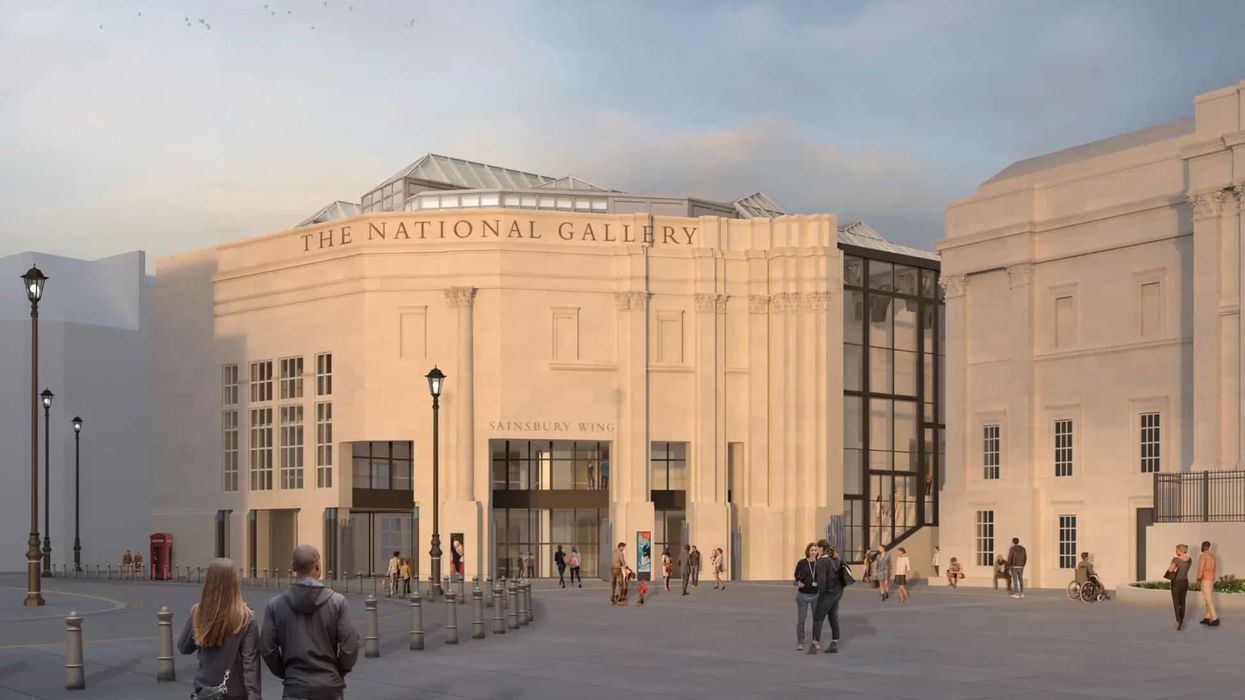



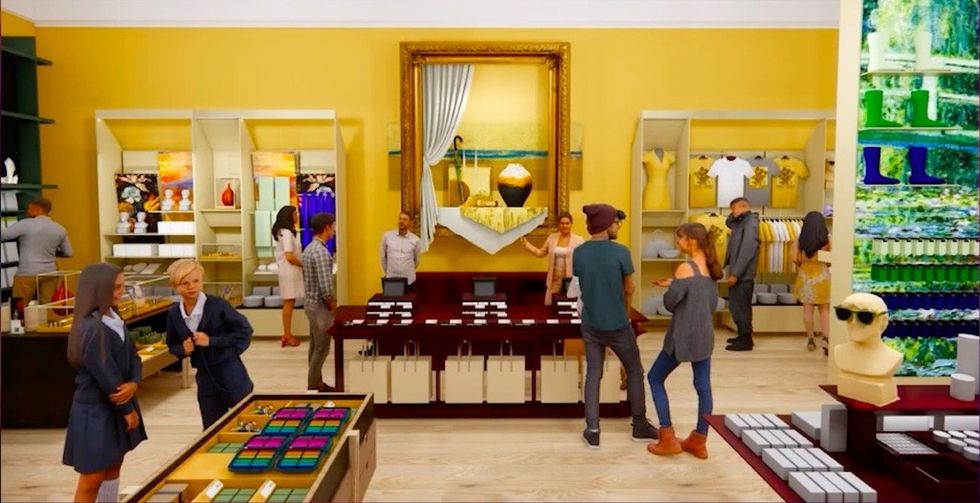
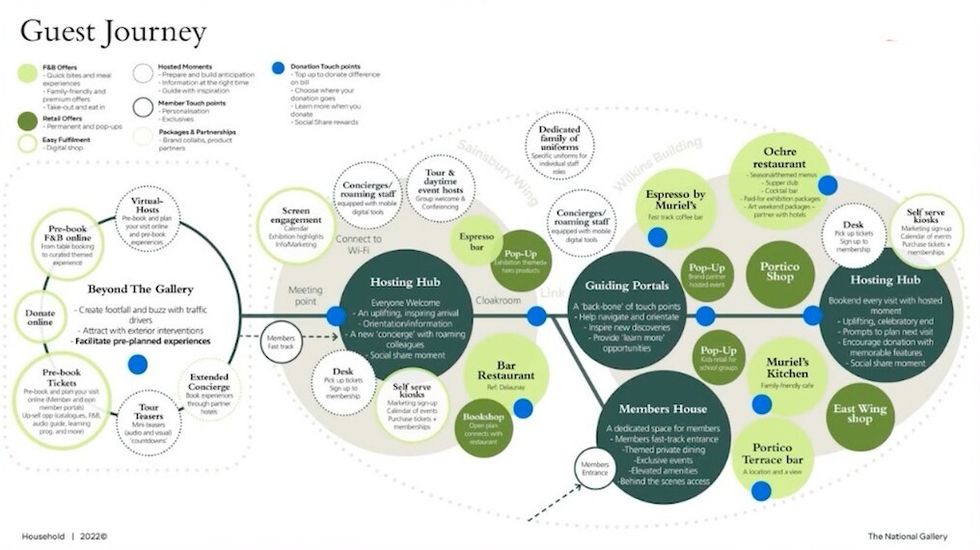
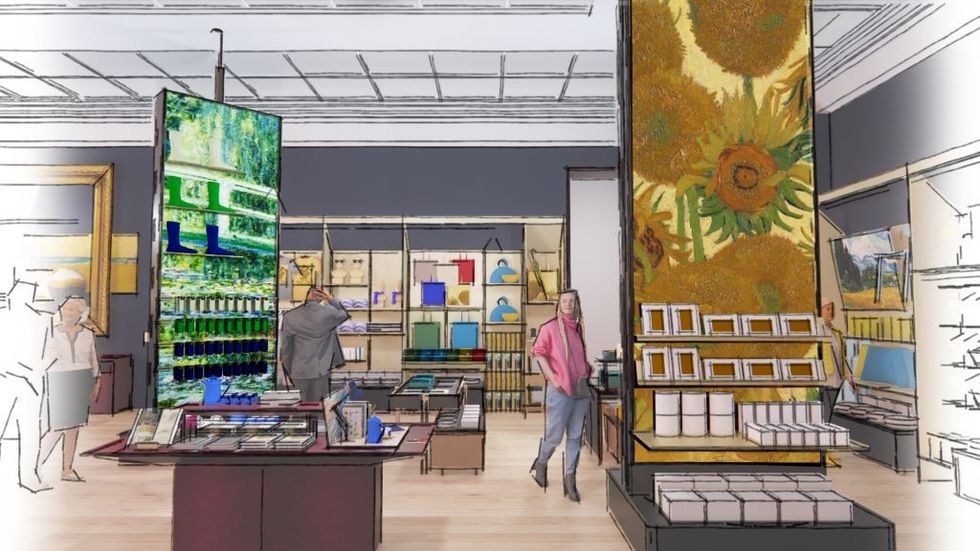
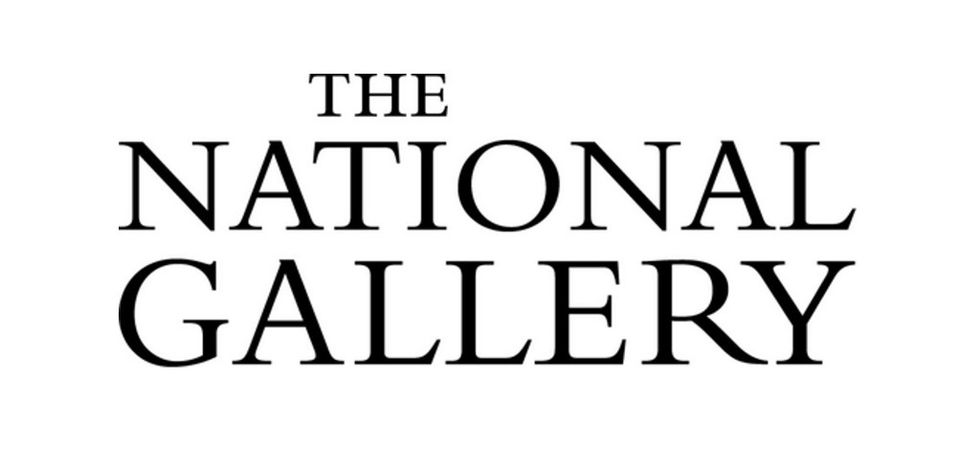
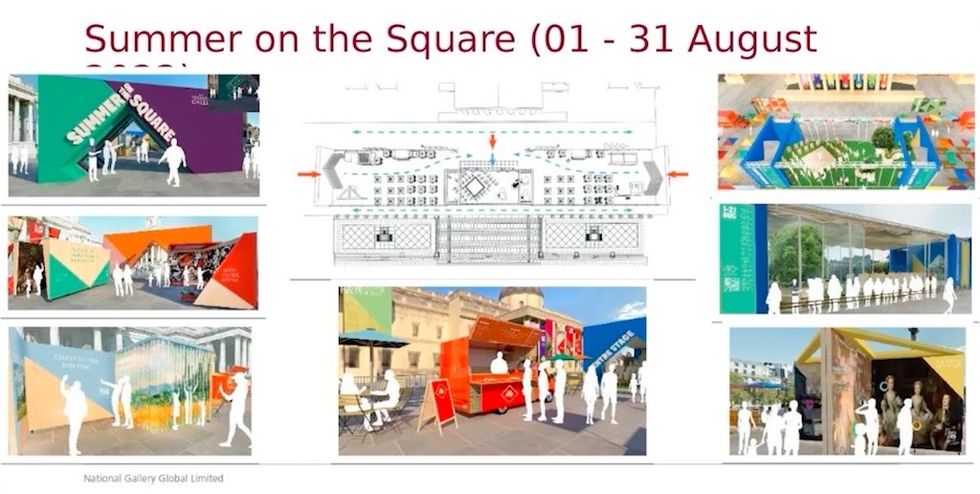

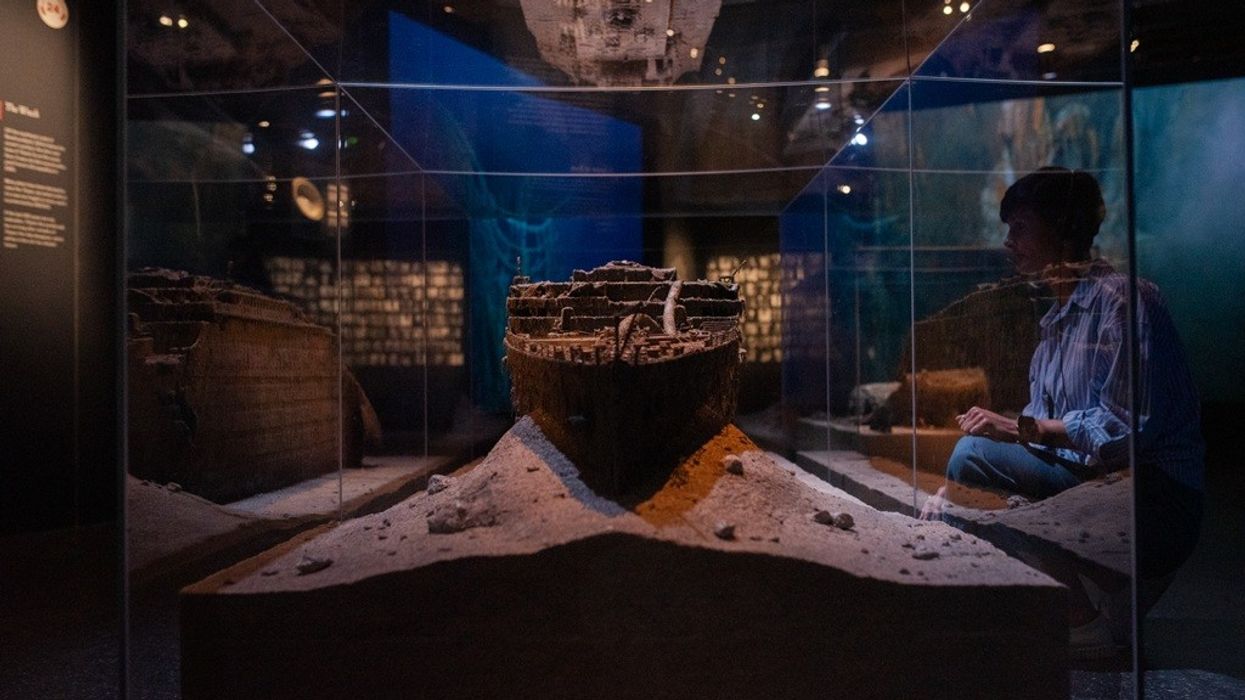
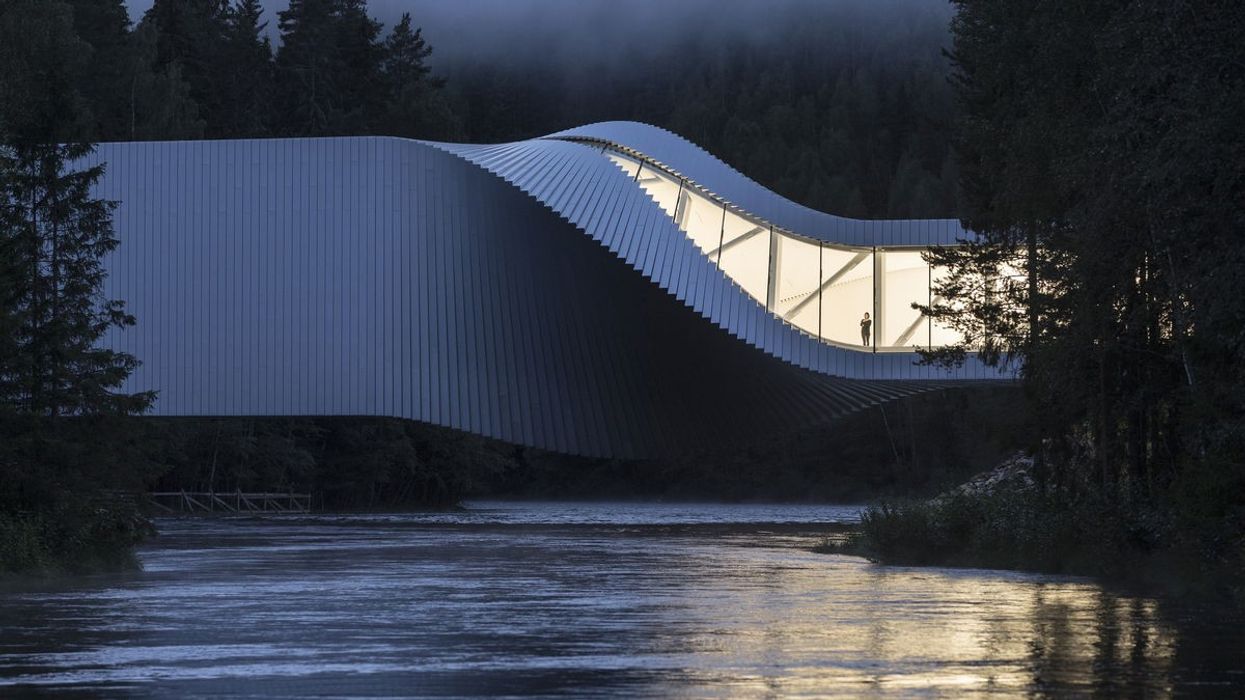
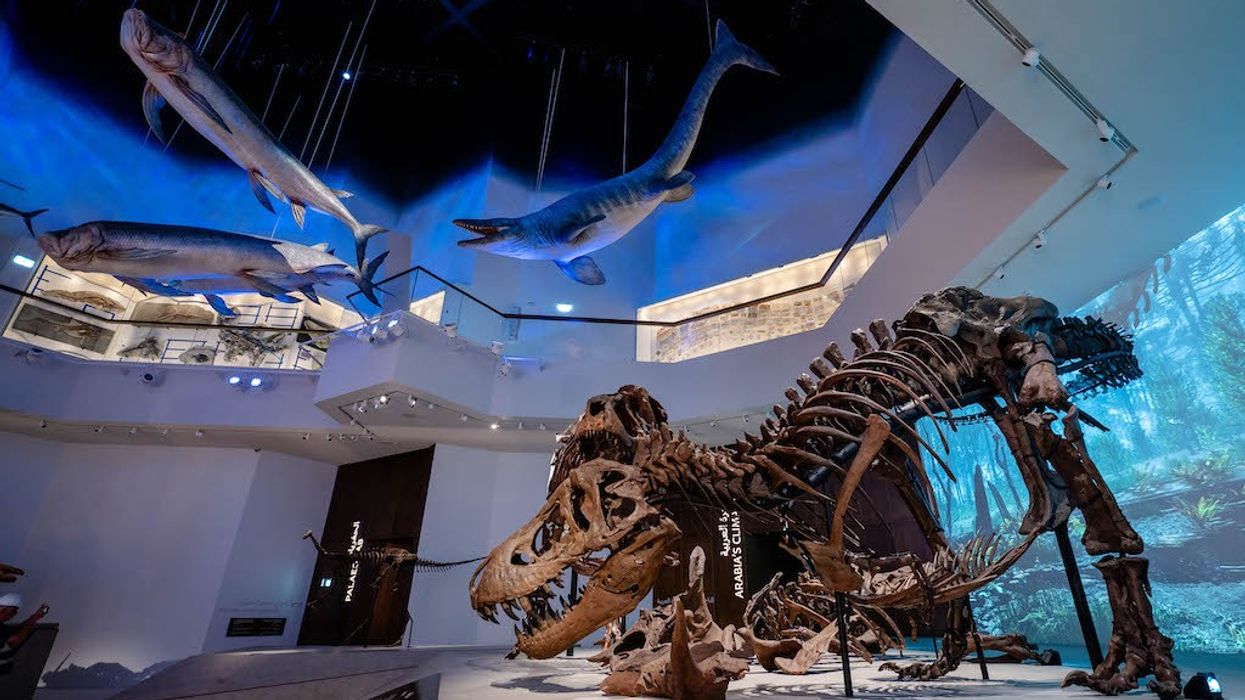

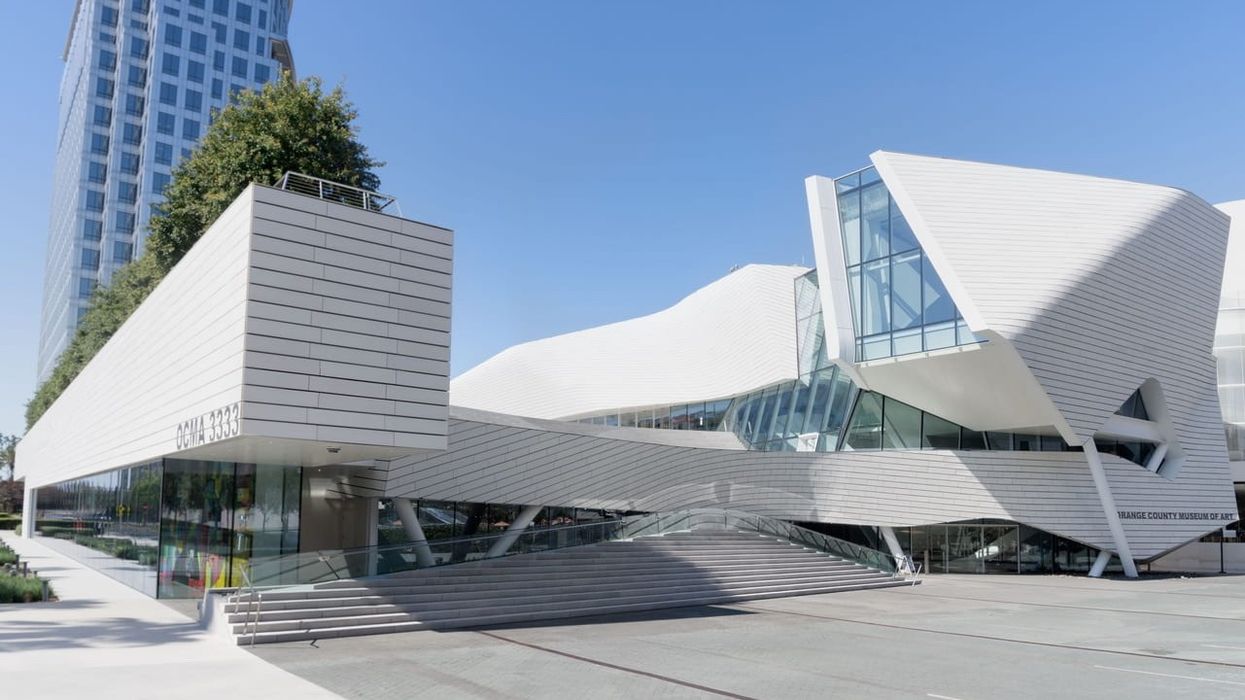








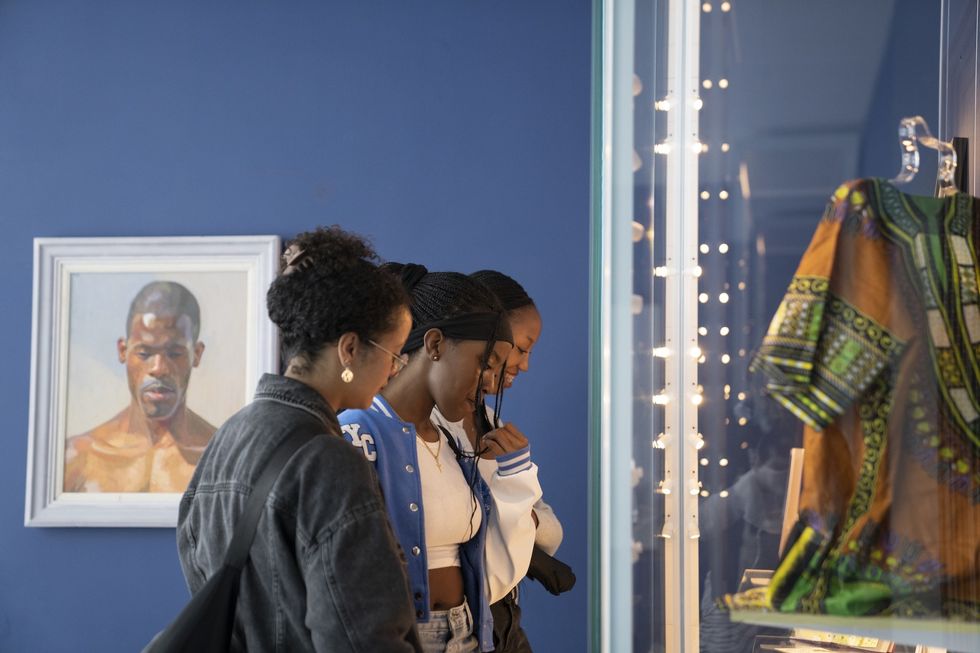
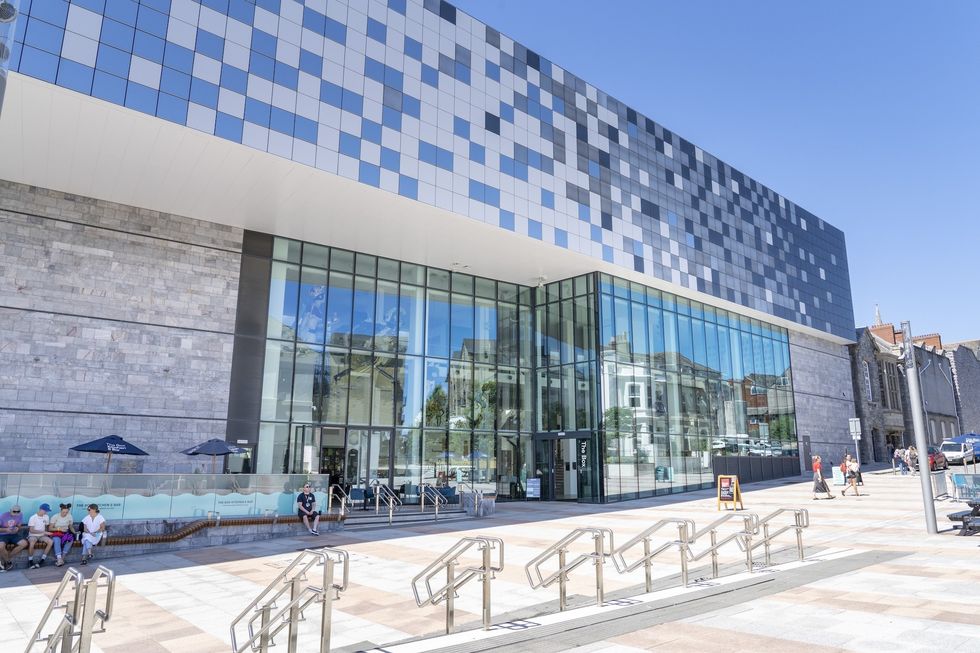

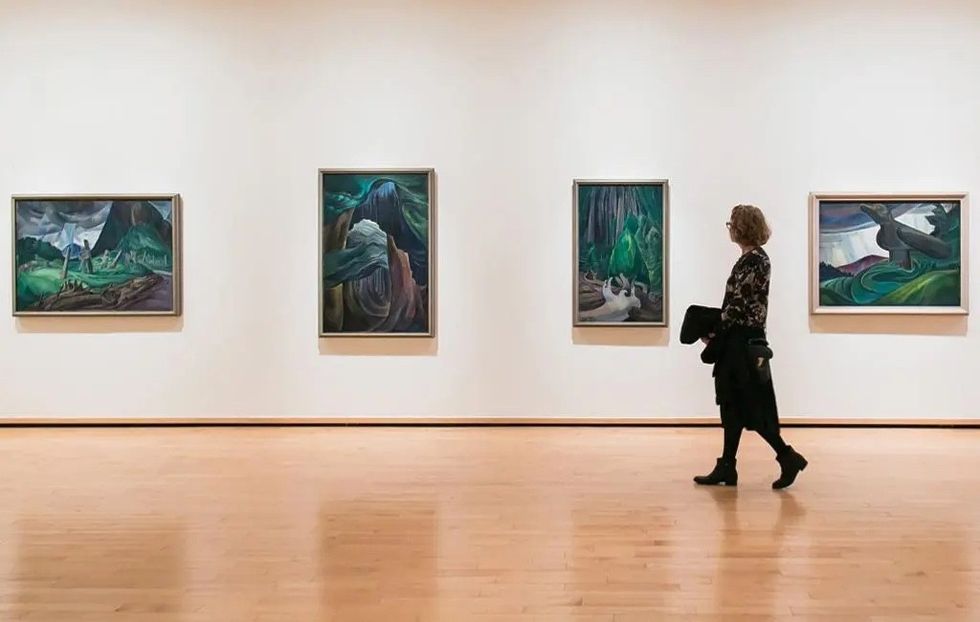
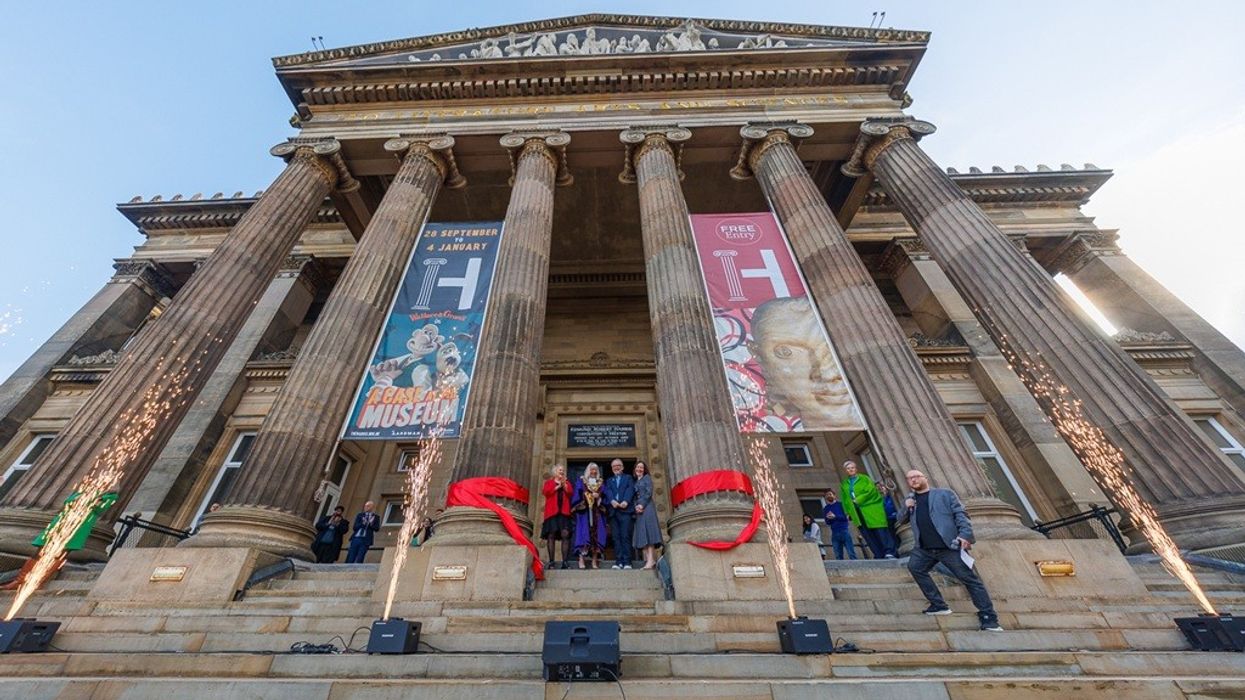
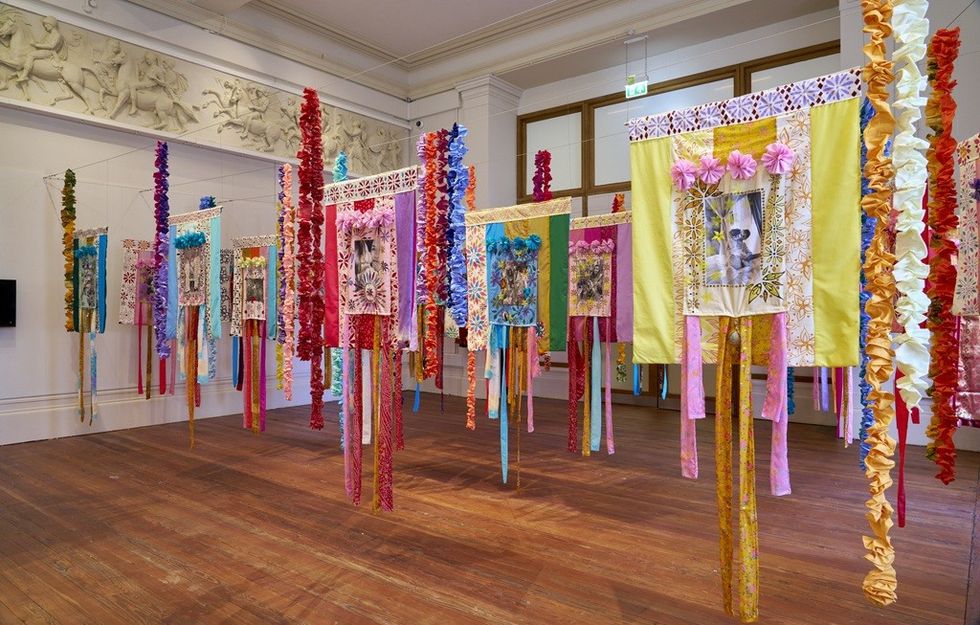 Courtesy Simon Critchley Photography
Courtesy Simon Critchley Photography Courtesy Michael Porter Photography
Courtesy Michael Porter Photography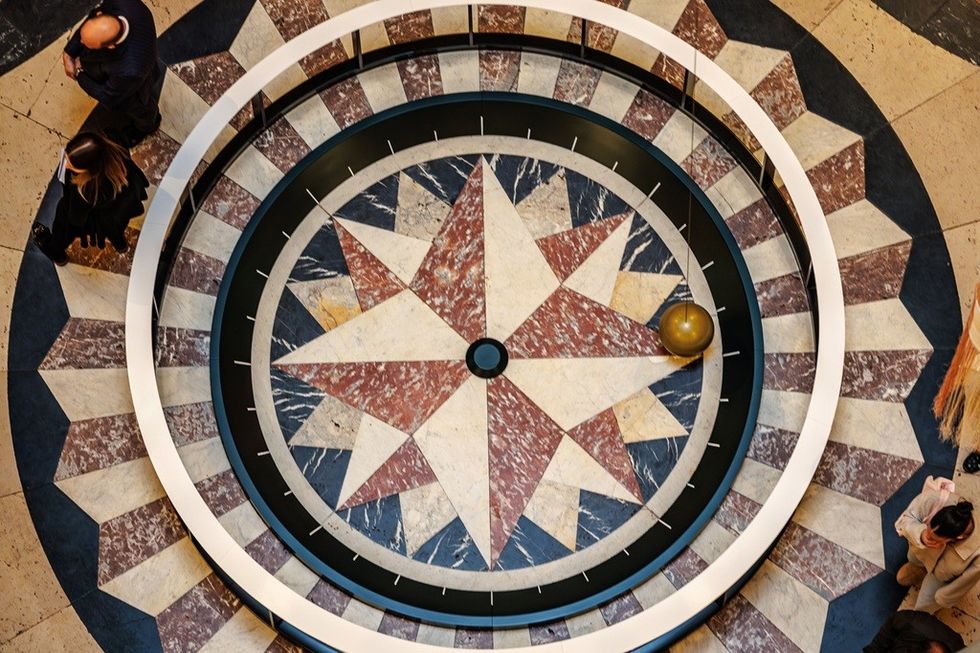 Courtesy Michael Porter Photography
Courtesy Michael Porter Photography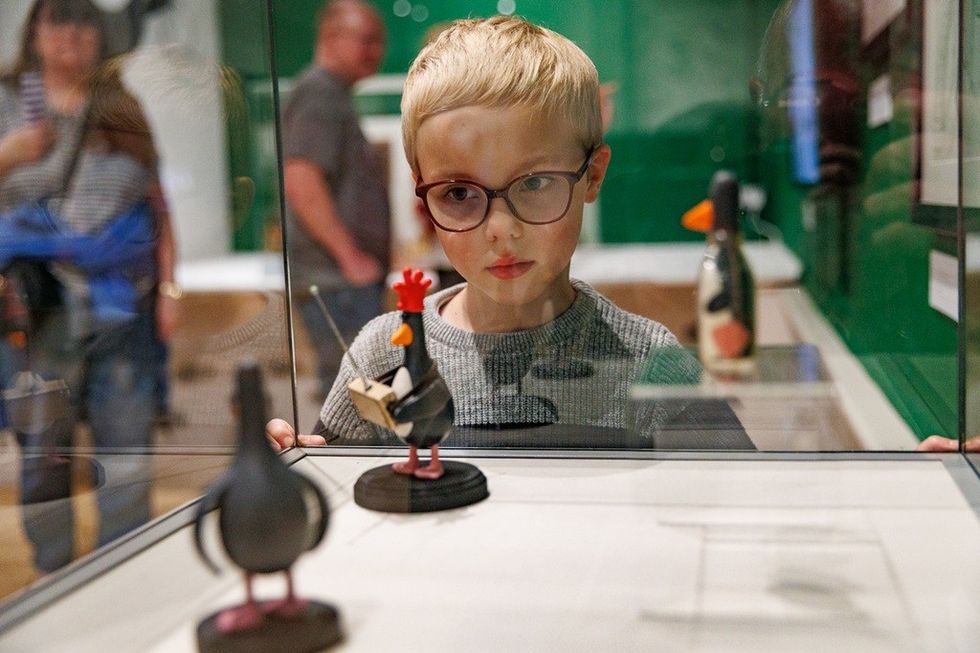 Courtesy Michael Porter Photography
Courtesy Michael Porter Photography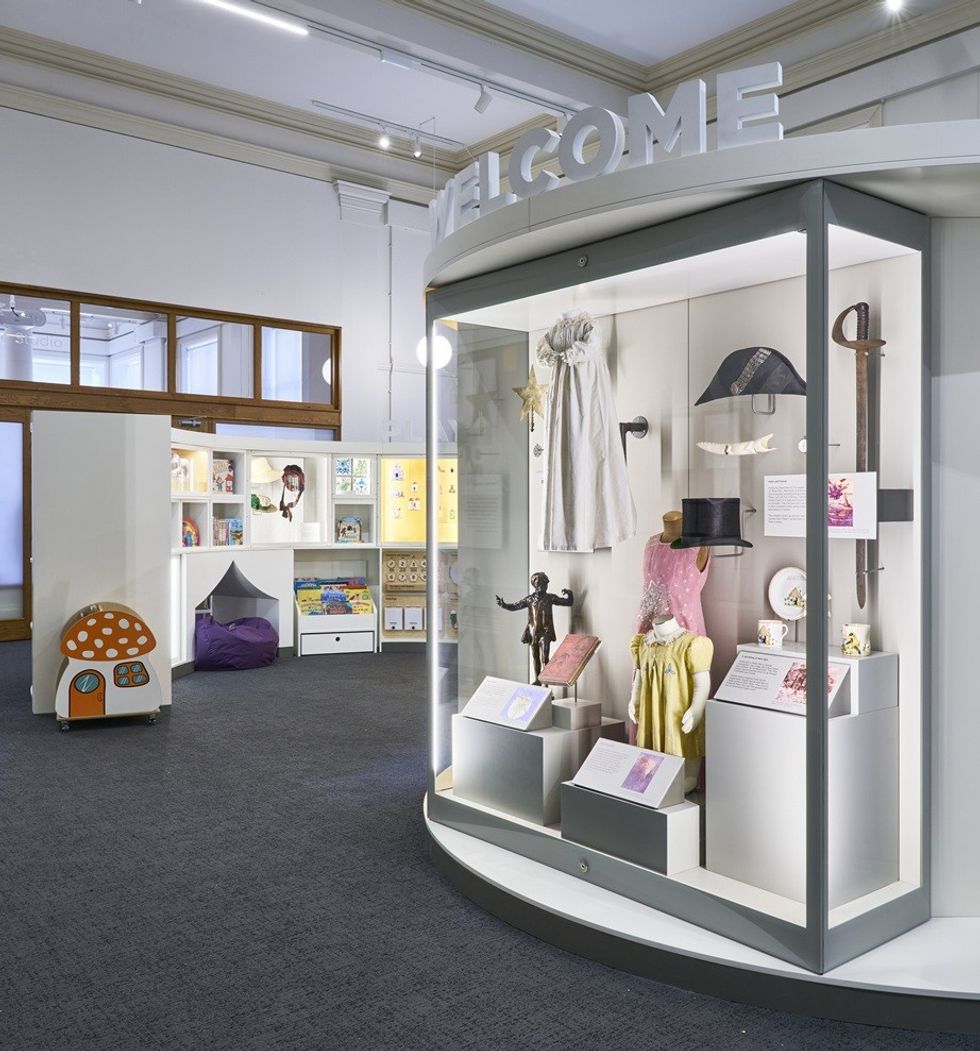 Courtesy Simon Critchley Photography
Courtesy Simon Critchley Photography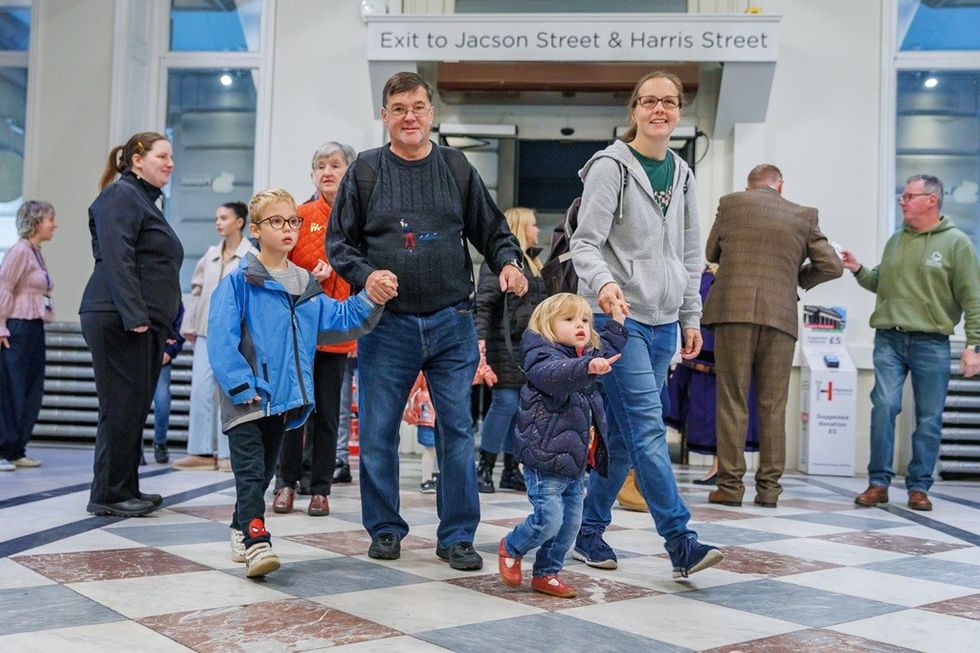 Courtesy Michael Porter Photography
Courtesy Michael Porter Photography